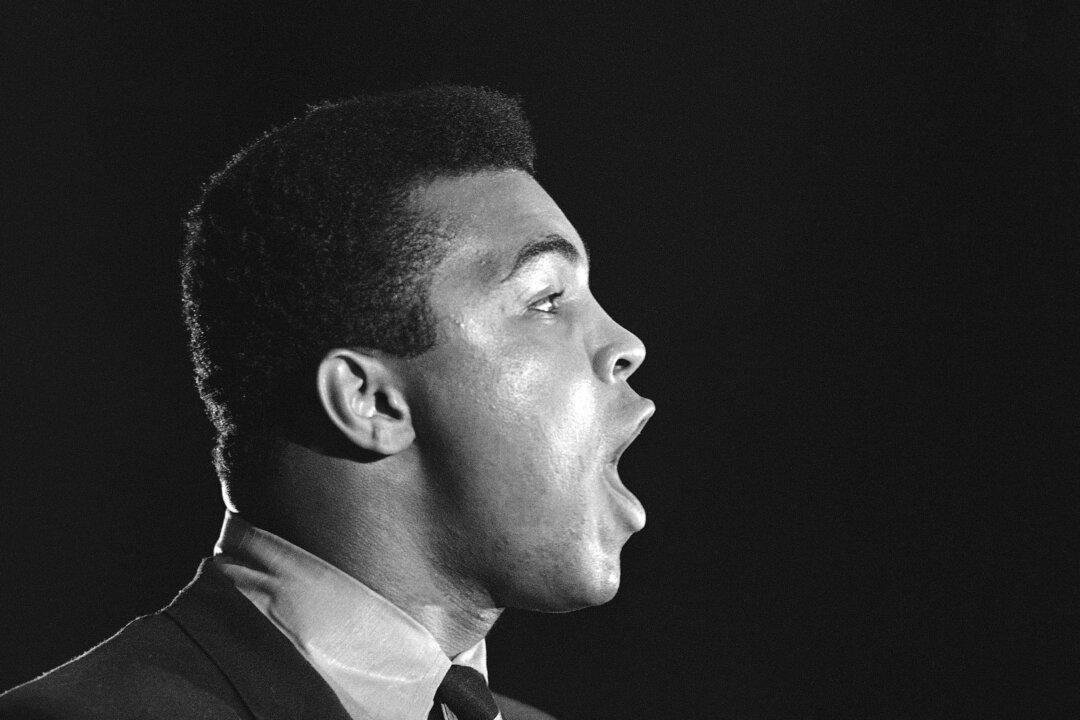On Oct. 2, 1980, Muhammad Ali, then aged 38, and Larry Holmes, the heavyweight champion of the world, entered a temporary arena built at Caesar’s Palace, Las Vegas. A gate of nearly 25,000 had paid $5,766,125, a record in its day. “It wasn’t a fight; it was an execution,” wrote Ali’s biographer Thomas Hauser. After ten sickeningly one-sided rounds, Ali’s trainer Angelo Dundee signaled Ali’s retirement. Ali’s aide and confidante Bundini Brown pleaded: “One more round.” But, Dundee snapped back: “[Expletive] you! No! … The ballgame’s over.”
In a way, he was right: one game had indeed finished. Ali fought only once more. His health had been deteriorating for several years before the ill-advised Holmes fight and the savaging he took repulsed even his sternest critics. Ali the “fearsome warrior,” as Hauser calls him, would disappear, replaced by a “benevolent monarch and ultimately to a benign venerated figure.”
And now that venerated figure has died, aged 74.


